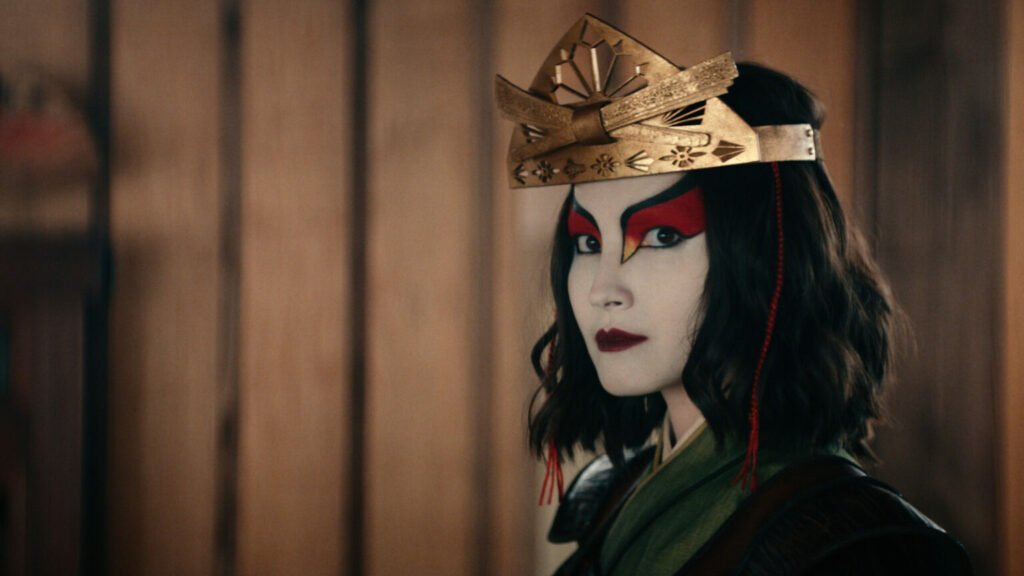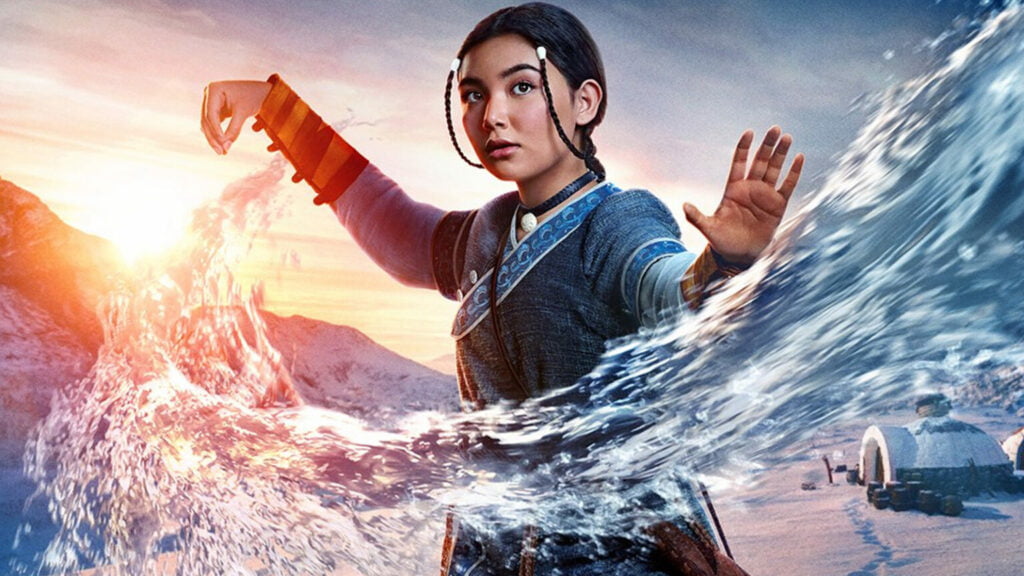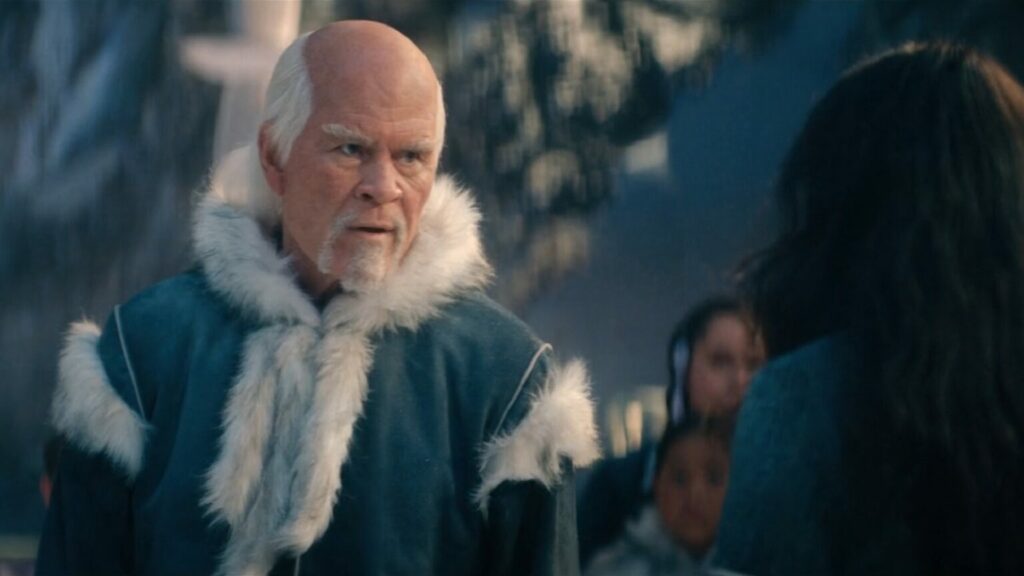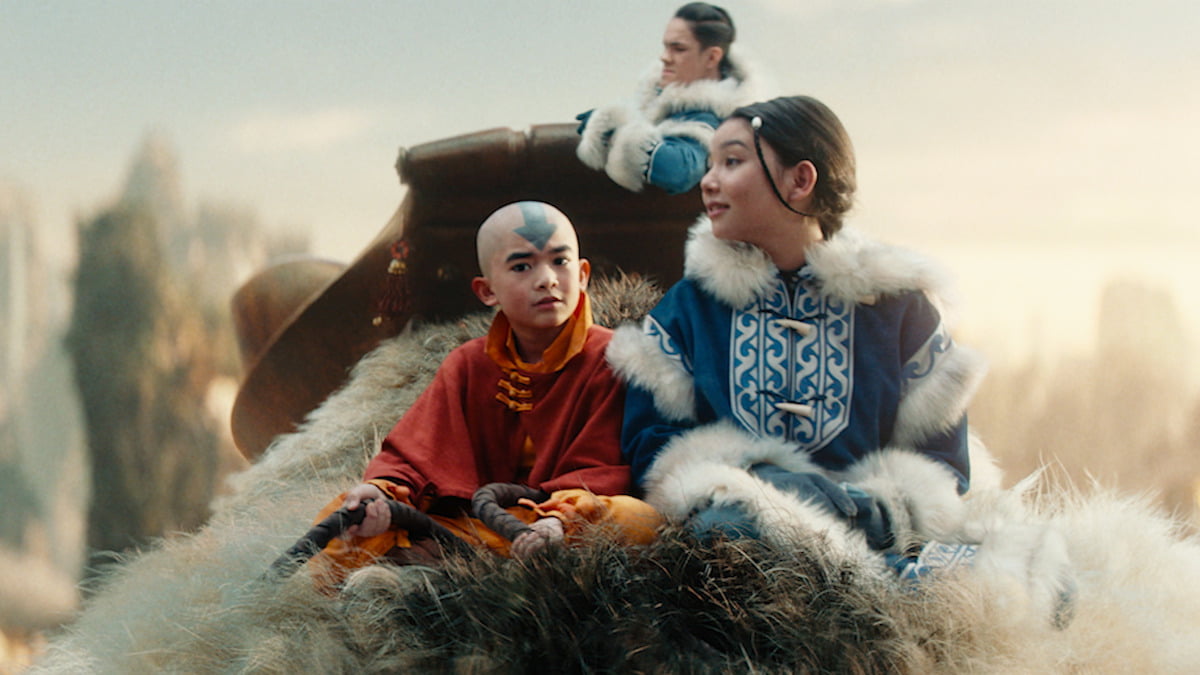Recently, we have had a host of adaptations of cult and popular media, including Percy Jackson, Dune, and of course, Avatar the Last Airbender. In these adaptations (but also in older media – Game of Thrones, Harry Potter, Hunger Games) there is a noticeable pattern where female roles are often significantly altered as compared to the source material, typically for the worse. These changes could have the purpose of creating a palatable romantic interest for the male protagonists (or the predominantly male viewers).
Other times, complex and multifaceted women and girls are converted into “strong female characters,” flat and flawless stock characters who are perfect and capable in every way.
The Netflix team had the unenviable job of adapting an immensely popular and classic animated show, with a thriving and deeply suspicious fandom that had already been previously disappointed.
Removing Sokka’s misogyny: That’s rough buddy
Netflix’s live-action adaptation of Avatar The Last Airbender (henceforth referred to as NATLA) decided to remove Sokka’s sexism from the show, which many fans criticised and took as proof of Netflix’s lack of understanding of the original show. To put this in context, let’s look at ATLA Sokka and his motivations.

ATLA Sokka wants to become the warrior that his village needs, he wants to become the protector of the tribe. He is committed to this journey, even when it challenges and humbles him. Even when he’s acting arrogant and cocky, the viewers know that Sokka struggles to be the warrior that he wants to be, because of his youth and lack of training and experience. Hence a lot of his character arc is about becoming a strong warrior and leader, learning from Suki, the Mechanist, Piandao, and others.
Unlearning sexism was only one aspect of this greater journey, and centring this sexism in the initial episodes came at the cost of characters such as Suki. Hence centering NATLA Sokka’s insecurity about not being a good enough warrior could have been a compelling storyline even without the sexism arc IF it had been written well (which, spoiler alert, it wasn’t.)
Suki: I’m a warrior but I’m a girl too
ATLA Suki was intended as a one-shot character, hence there is not a lot of complexity and backstory to her role in the first season. In ATLA, her character primarily serves the role of making Sokka realise that his sexist beliefs are wrong and offensive, and after apologising to Suki, he humbly asks her to teach him how to fight like her. This makes great character work for Sokka but doesn’t flesh out Suki’s character. The romance also seems rushed, especially when you consider it from Suki’s perspective.

Hence it would make sense that NATLA wants to remove Sokka’s sexism from the story to make more room for Suki to come into her own, especially with the benefit of knowing in advance how beloved she is by fans. They seemed to have understood Suki’s potential, giving her great new lines like “Not being a bender means we have to be better than benders.”
Yet, they don’t put any other effort into her characterisation. NATLA Suki is a naive island girl with a pervy crush on Sokka. NATLA infuses (read destroys) the scenes where Suki teaches Sokka how to fight with unnecessary and cringe-worthy sexual tension.
They omit one of her best lines in the show: “I am a warrior but I’m a girl too,” and they also show her fighting without face paint (an important part of the Kyoshi warrior uniform). If this wasn’t egregious enough, they also decided to skip Sokka wearing the dress and make-up. This shows not only that NATLA cares much more about appearance than characterisation, but also that it doesn’t quite know what to do with the fierce femininity of its female fighters. Fans have rightly pointed out that the NATLA creators, in their effort to “correct” Sokka’s sexism, actually ended up replacing it with their own.
Katara: Sometimes it hurts more to hope and it hurts more to care
Speaking of strong yet fiercely feminine characters, we need to talk about Katara. NATLA and ATLA Katara seem to be two completely different characters. The former seems to be a creative reimagining, with many potentially interesting changes to her backstory and arc. Unfortunately, these are not executed well enough, and NATLA Katara falls flat when compared to ATLA Katara, who is extremely loved by fans, and for good reason.

Cartoon Katara is a child forced to grow up too soon. She is emotional, passionate and strong-minded. She can be childish, bossy, petty, and insensitive at times, but she’s also warm, compassionate, protective, nurturing, fierce and determined. She has rage spilling out of her, especially her righteous fury against the Fire Nation, and she also has profound hope and relentless drive.
At the beginning of the show, she’s a strong but unskilled waterbender. By the end of the first season, she becomes a waterbending Master with a lot of hard work and dedication (and a little bit of stealing).
ATLA Katara is self-taught, but she is also Avatar’s first water-bending teacher. NATLA completely avoids showing this, and they also avoid showing Katara’s practice and progress. In ATLA, viewers are privy to Katara’s struggle and perseverance, and that’s the context in which the fight with Pakku has the stakes and payout that it does.
Katara vs Pakku: You can’t knock me down
Katara’s fight with Pakku is one of the best moments of the first season, and it’s also a fan favourite. The fight scene itself is near perfection, and this moment is also contextualised well in Katara’s water-bending journey as well as Northern Water Tribe politics.

Katara isn’t just a warrior or healer. ATLA Katara is first and foremost a waterbender. She wants to save the world, and she wants to fight against the Fire Nation invasion and is (understandably) outraged that her girlhood precludes her from that. ATLA Katara’s argument and eventual fight with Pakku are so satisfying that no changes are required.
NATLA’s changes here are detrimental to Katara’s character: ATLA Katara is fighting for the right to train with Pakku, while NATLA Katara wants to be allowed to fight against the invasion. She receives no fight training at all and hence appears to suddenly become a Master.
A connecting thread seems to run through most of these criticisms: NATLA’s changes are interesting conceptually and potentially, but they are let down by the execution. A final example—is Katara involving the Northern Water tribe women in her fight. This could have been a great moment, but NATLA decides to show them just standing around waiting for Pakku’s approval in the middle of the attack, which is cringe-inducingly bad writing.
There’s a right way to do this
There is a lot more to criticise as well as appreciate about NATLA. It was good to see them and the other characters again, despite the issues with the adaptation. Yet it’s important to point out that this trend of adaptation is just another way for these media conglomerates to capitalise on fannish love.
As many fans have asked, why adapt something that is already excellent? It makes more sense to remake something that was not done well the first time around, or not made yet at all. If you must make money off the Avatar fandom, be advised that we would love a Kyoshi or Yangchen series, based on the novels. Or even a post-ATLA spin-off based on the comics. Please listen to the original creators, sensitivity readers, the new artists working on the project, and most of all the fans! As Uncle Iroh says, “It is important to draw wisdom from many different places. If you take it from only one place, it becomes rigid and stale.”
About the author(s)
Simran is a teacher and writer from Pune. They write about feminist issues from a philosophical perspective. They are committed to working on the issue of sexual and gender-based violence (SGBV). They love reading and learning languages (fluent in French, they are now trying their hand at Spanish and German). Simran has a BA in Philosophy from Fergusson College and a Masters in Cognitive Sciences from IIT Gandhinagar. They can be found on Instagram as @willtophilosophy, where they post about philosophy, literature and feminism.




